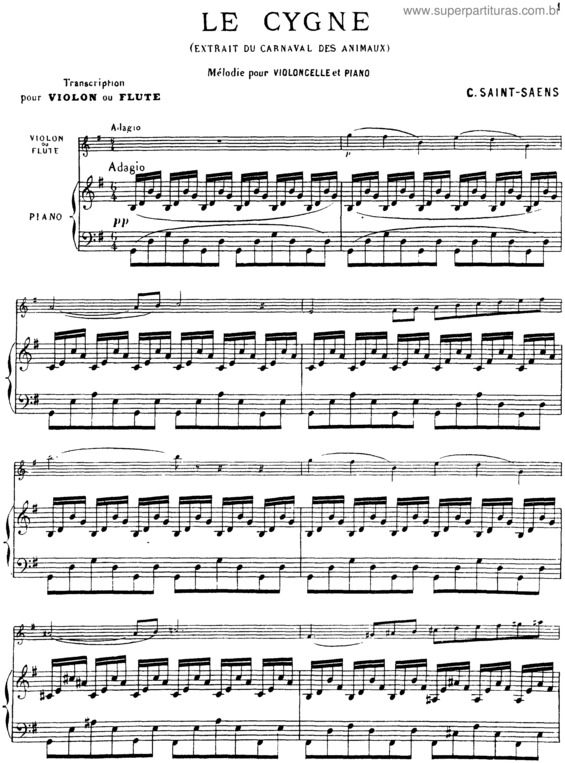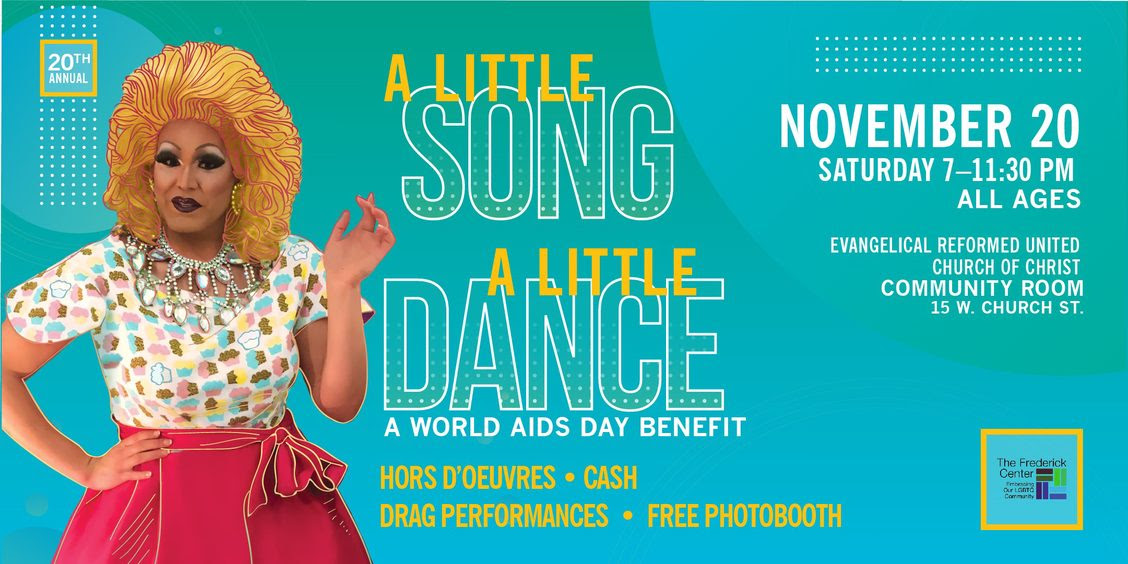The Carnival of the animals - Ocarina Player
Por um escritor misterioso
Descrição
Confetti, streamers, parades, jokes … alas this year, Carnival will not be the usual party, full of joy and entertainment. Once again, our children must deprive themselves of a little freedom by postponing the big celebrations until next year. But we, the parents, can always surprise them and organize something at home, offer games, costumes, magic tricks, put on music, dance and sing. And just between one game and another, Ocarina advises you to listen to a song that is both fun and with refined artistic subtleties. We are talking about The Carnival of the Animals, a funny and irreverent play, written by the French composer Camille Saint-Saëns in 1886, on the occasion of a Carnival with friends. The work is written for two pianos and a small orchestra (flute, piccolo, clarinet, xylophone and string quintet). The play includes 14 short compositions that describe the characteristics of certain animals in a fun and ironic way. A series of very clear portraits and caricatures that form a zoological musical fantasy. The Carnival of the Animals is certainly the most famous and characteristic work of Saint-Saëns, written by the composer in his old days, after a rich and intense musical activity. Considered one of the most musically gifted child prodigies, he started playing the piano at the age of 2, while he composed the first piece at the age of 4. Thanks to The Carnival of the Animals, the French artist will make himself known throughout the world even if he himself will ban its publication because of satirical and humorous references to characters from the Parisian musical world (music critics and pianists are transformed into donkeys or fossils). The work will thus be presented in public for the first time in 1922 in Paris, thirty-six years after its composition, and one year after the author’s death. The Carnival of the Animals is very frequently used in music schools to teach students to recognize the timbre of instruments, to learn to listen attentively and critically and to develop knowledge of the basic elements of musical language. The play actually has a very precise and easy to understand structure. Some of the musical themes used are not original either, but come from songs by other musicians. The first piece is preceded by a brief introduction to the rhythm of the march marked by two pianos announcing the arrival of the proud king of the forest. In the 12th and 13th pieces, Fossils and The Swan, the fossils are recalled by the dry sound of the xylophone and represent a “prehistoric” incarnation of music critics, unable to understand the new course of music due to their vitiated mentality. Here, Saint-Saëns makes mention of his Danse macabre et The Barber of Seville by Rossini. The famous swan song is played on the cello and accompanied by the arpeggios of the two pianos, it evokes a fantastic atmosphere but in reality it is a subtle parody of affectionate and sentimental melodies. The Finale is a very joyful rondo, based on a perky motif played by the piccolo and the clarinet and on certain themes already present in the piece, which concludes The Carnival of the Animals in a festive and triumphant way, making them all scroll together as in a circus. Here you can download the 14 songs of The Carnival of the Animals : Here is the video with the animations of the great animator Eric Goldberg

Ocarina < Wind Instruments

Electronic Ocarina Of Time
Colorful clay ocarina. 6 holes.

Armadillo Ocarina from Peru

Skull Kid - Zelda Wiki

Carnival of the Animals - Maestro Classics
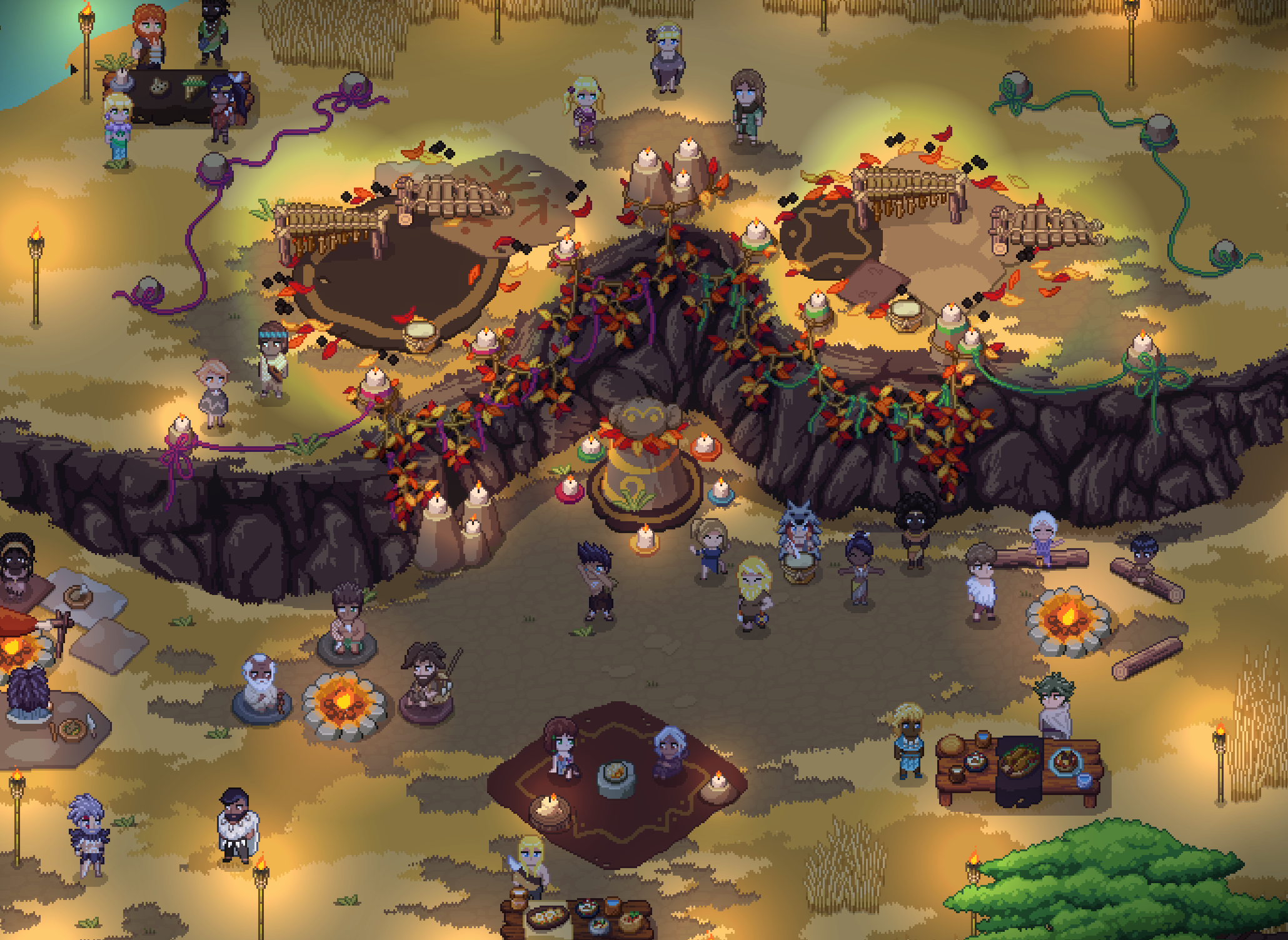
Carnival Festival, Roots of Pacha Wiki
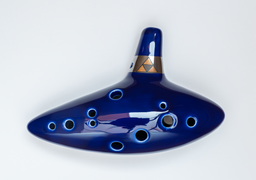
Ocarina - Wikipedia

The Carnival of the Animals - Wikipedia

Ocarina Player: the only shockproof music player for children
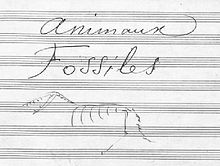
The Carnival of the Animals - Wikipedia
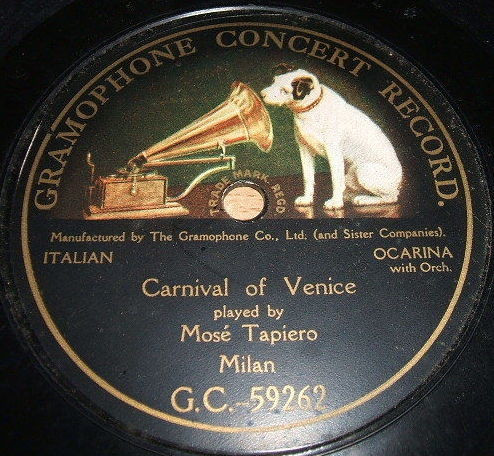
Mosé Tapiero – Carnival Of Venice (Shellac) - Discogs

HOW WE PLAY THE OCARINA in Animal Crossing New Horizons

The Carnival of the Animals - Wikipedia
de
por adulto (o preço varia de acordo com o tamanho do grupo)

